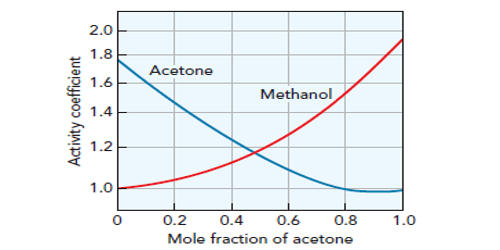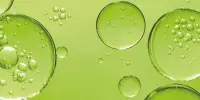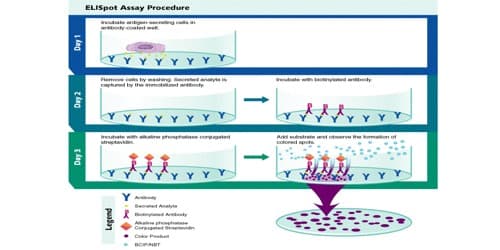In order to enhance sustainability while recovering valuable chemicals and by-products from wastewater, engineers have created a new type of membrane that effectively separates chemicals within wastewater so that they can be reused.
The thin-film composite nanoporous membrane, or TFC NPM, was developed for use in wastewater treatment and demonstrates an “unprecedented” ability to extract salts and other chemical components from water. This development could result in more sustainable water treatment and management across a variety of industries.
The performance of the membrane is described in a study that was just published in Nature Water. It also explains how the membrane’s special characteristics, some of which were inspired by mussels, may pave the way for more sustainably managing water in sectors like pharmaceuticals, oil and gas, textiles, and food processing. The paper is authored by academics from the UK’s University of Bath alongside colleagues based in China, South Korea, Singapore, Australia and Belgium.
In electrodialysis, which treats water by moving ions through membranes from one solution to another while being electrically current, they claim the membrane might replace current equivalents.
Existing membranes are expensive and can achieve separation efficiencies of 90-95%. The authors of the new work say the new TFC NPM can improve on this significantly, with efficiencies of more than 99%, while using less energy at a lower cost.
This work demonstrates the state of the art electrodialysis to address the grand challenge in the pharmaceutical industry to bio based wastewater treatment, to enable effective recovery of the high value chemicals while obtaining reusable water in the other end using a low energy consumption.
Dr. Dong Han Seo
Dr. Ming Xie, lecturer in Chemical Engineering at the University of Bath and one of the paper’s authors, says the membrane could lead to a shift in thinking around wastewater treatment. He says: “Traditionally, many industries have regarded the wastewater they create as a trade waste that is a necessary cost of business. Technologies such as the membrane we have created can help us take steps toward lowering carbon emissions by reducing the energy requirement of wastewater treatment, while finding ways to efficiently separate the components in it such as chemicals, salts, energy, biomass and nutrients, before reusing them as high-value by-products.”
The researchers took inspiration from mussels when designing the coating on the membrane surface, which is made up of the polymer polyethyleneimine (PEI) and polydopamine (PDA), a compound which mussels excrete and use to stick to rocks or wood in wet conditions.
The membrane is highly selective, permitting water to pass through but obstructing other chemicals and organic molecules due to the coating’s stickiness. This multi-stage process results in improved filtration of the water, and a highly efficient, low-energy way to fractionate (or separate) chemicals individually.
The control of extremely saline waste streams is one application for which electrodialysis has proven to be adaptable. Electrical potential is employed in the electrodialysis procedure to push distinct semipermeable synthetic membranes containing the positive and negative ions of dissolved salts.
During tests, the researchers used four antibiotics ceftriaxone sodium, cefotaxime sodium, carbenicillin disodium and ampicillin sodium to prove the PDA/PEI-coated membrane’s electro-driven filtration performance.
The membrane showed unprecedentedly high recovery efficiency in removing the antibiotics from saltwater solutions (water and NaCl sodium chloride) with more than 99.3% desalination efficiency and more than 99.1% recovery of the antibiotics.
If incorporated in industrial wastewater treatment, the membrane has the capability to carry out highly effective electrodialytic fractionation (separation) of various organic/NaCl mixed solutions, more effectively than standard existing processes.
Co-author, Dr. Dong Han Seo from Department of Energy Engineering, Korea Institute of Energy Technology, said “This work demonstrates the state of the art electrodialysis to address the grand challenge in the pharmaceutical industry to bio based wastewater treatment, to enable effective recovery of the high value chemicals while obtaining reusable water in the other end using a low energy consumption.”
Dr. Jiuyang Lin from the Chinese Academy of Sciences, also a co-author, said: “This simple yet effective coating provides long term stability and guarantees low energy consumption regardless of the wastewater conditions. This is a breakthrough finding electrodialysis for wastewater treatment involving clever design of membrane, simulation and analysis.”
















